The Enigma of “Squirting”: Exploring the Science Behind Female Ejaculation
In the realm of intimate encounters, the colloquially termed phenomenon of “squirting” has piqued curiosity and spurred discussions around the universality of female orgasm. Scientifically labeled as ejaculation, this intriguing aspect of female sexuality raises questions about its prevalence and whether it signifies heightened sexual prowess. Join us on an insightful journey to understand this matter comprehensively.
Decoding the Diversity: Not All Orgasms Lead to “Squirting”
Contrary to popular belief, not every female orgasm culminates in squirting. While the secretion of fluid from the vaginal canal is a natural byproduct of female copulation, the distinctive act of squirting is triggered by intensified sexual stimulation, specifically targeting glandular tissues surrounding the female urethra. This phenomenon is more likely to occur post-copulation. Thus, while some women may experience ejaculation during orgasm, others may not.
Exploring the Link: Female Ejaculation and Sexual Satisfaction
The correlation between a woman’s ability to ejaculate during sexual activities and her capacity for deriving sexual satisfaction is a subject of interest. It’s crucial to understand that ejaculation is just one expression within the spectrum of post-copulatory responses. It doesn’t serve as an exclusive indicator of heightened sensitivity or an increased likelihood of achieving orgasm.
In essence, the ability to ejaculate does not definitively reflect a woman’s sexual prowess. Sensitivity to sexual stimulation and the ease of achieving orgasm vary significantly among individuals. Highlighting the inherent diversity in biological responsiveness, some women may undergo numerous sexual encounters without experiencing orgasmic responses.
Unraveling the Physiology: Female Ejaculation Demystified
Female ejaculation is a comprehensible physiological occurrence, free from mystique. The fluid expelled during squirting is not urine or vaginal secretion but an alkaline fluid rapidly released under sexual stimulation. Originating from glandular tissues akin to the “prostate” around the female urethra, this fluid can exhibit a forceful, jet-like expulsion under heightened pressure.
The experiences of women who have undergone ejaculation merely denote an additional manifestation of orgasmic expression. It doesn’t definitively indicate heightened sensitivity to sexual stimulation or increased ease of achieving orgasm. Furthermore, it holds no logical correlation with the establishment of intimate relationships.
Embracing Individuality: Beyond Ejaculation and Sexual Prowess
Should a woman question her sexual prowess solely due to the absence of ejaculation, it reflects unwarranted self-deprecation. The absence of ejaculation doesn’t impede female orgasm, nor does it diminish male orgasmic experiences. Understanding and embracing the diverse ways individuals experience sexual satisfaction is essential for fostering a healthy perspective on intimate relationships.



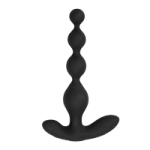 Anal Beads
Anal Beads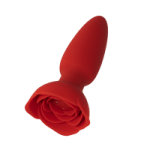 Anal Vibrators
Anal Vibrators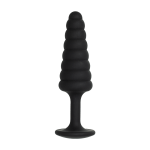 Butt Plugs
Butt Plugs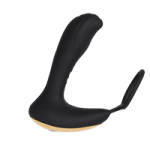 Prostate Massagers
Prostate Massagers
 Alien Dildos
Alien Dildos Realistic Dildos
Realistic Dildos
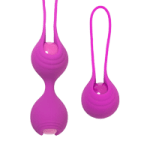 Kegel Exercisers & Balls
Kegel Exercisers & Balls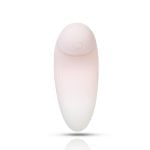 Classic Vibrating Eggs
Classic Vibrating Eggs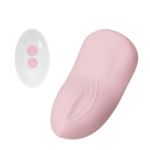 Remote Vibrating Eggs
Remote Vibrating Eggs Vibrating Bullets
Vibrating Bullets
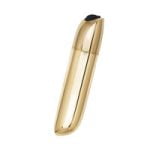 Bullet Vibrators
Bullet Vibrators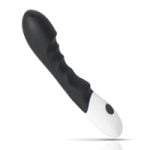 Classic Vibrators
Classic Vibrators Clitoral Vibrators
Clitoral Vibrators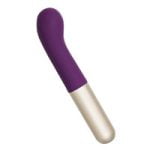 G-Spot Vibrators
G-Spot Vibrators Massage Wand Vibrators
Massage Wand Vibrators Rabbit Vibrators
Rabbit Vibrators Remote Vibrators
Remote Vibrators
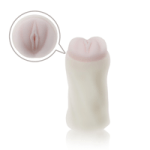 Pocket Stroker & Pussy Masturbators
Pocket Stroker & Pussy Masturbators Vibrating Masturbators
Vibrating Masturbators
 Cock Rings
Cock Rings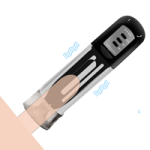 Penis Pumps
Penis Pumps
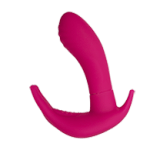 Wearable Vibrators
Wearable Vibrators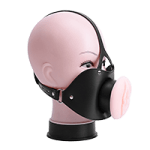 Blindfolds, Masks & Gags
Blindfolds, Masks & Gags Bondage Kits
Bondage Kits Bondage Wear & Fetish Clothing
Bondage Wear & Fetish Clothing Restraints & Handcuffs
Restraints & Handcuffs Sex Swings
Sex Swings Ticklers, Paddles & Whips
Ticklers, Paddles & Whips










